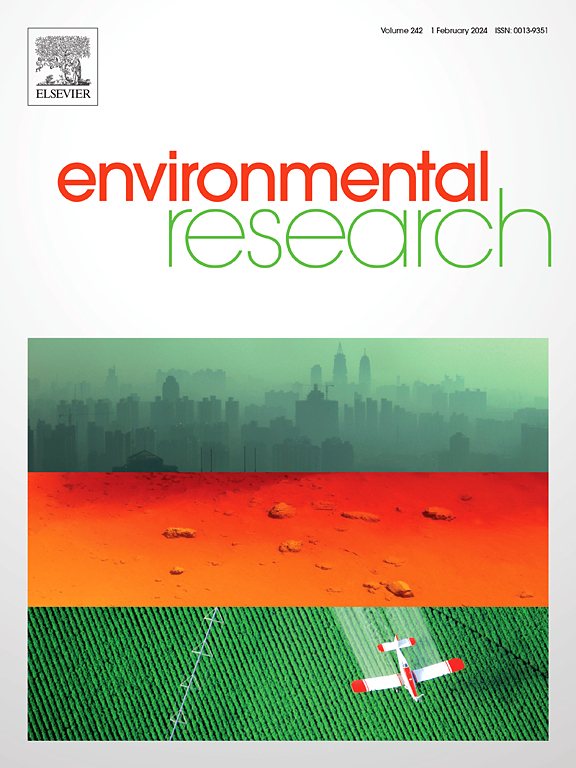Interactions between environmental pollutants and gut microbiota: A review connecting the conventional heavy metals and the emerging microplastics
IF 7.7
2区 环境科学与生态学
Q1 ENVIRONMENTAL SCIENCES
引用次数: 0
Abstract
Growing epidemiological evidence suggests that the diverse and functional gut microbiota plays a vital role in regulating the health and disease of organisms including human. However, organisms are inevitably exposed to widespread environmental pollutants, and the interactions between their gut microbiota and pollutants are relatively underreported. The present paper considers heavy metals (HMs) and microplastics (MPs) as representatives of traditional and emerging pollutants and systematically summarizes their effects on gut microbiota and the effects of gut microbiota on pollutants. The former refers to the alterations in the gut microbiota's abundance, diversity and composition caused by pollutants, whereas the latter focuses on the changes in the metabolism of pollutants by adjusting the dominant bacteria, specific enzymes, and key genes. In particular, some fields were found to be poorly studied, including extension of research to humans, mechanistic exploration of gut microbiota's changes, and the metabolism of pollutants by gut microbiota. Accordingly, we draw attention to the development and application of in vitro test models to more accurately explore the interactions between pollutants and gut microbiota when assessing human health risks. In addition, by combining state-of-the-art biological techniques with culturomics, more gut microbiota can be identified, isolated, and cultured, which helps to confirm the relationship between pollutants and gut microbiota and the potential function of gut microbiota in pollutant metabolism. Furthermore, the phenomenon of coexposure to HMs and MPs is becoming more frequent, and their interactions with gut microbiota and the influence on human health is expected to be one of the frontier research fields in the future. The key information presented in this review can stimulate further development of techniques and methodologies for filling the knowledge gaps in the relationships between combined pollutants (HMs and MPs), gut microbiota, and human health.

求助全文
约1分钟内获得全文
求助全文
来源期刊

Environmental Research
环境科学-公共卫生、环境卫生与职业卫生
CiteScore
12.60
自引率
8.40%
发文量
2480
审稿时长
4.7 months
期刊介绍:
The Environmental Research journal presents a broad range of interdisciplinary research, focused on addressing worldwide environmental concerns and featuring innovative findings. Our publication strives to explore relevant anthropogenic issues across various environmental sectors, showcasing practical applications in real-life settings.
 求助内容:
求助内容: 应助结果提醒方式:
应助结果提醒方式:


